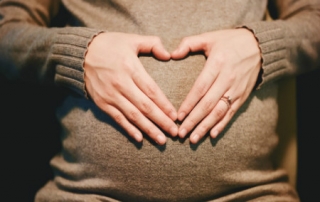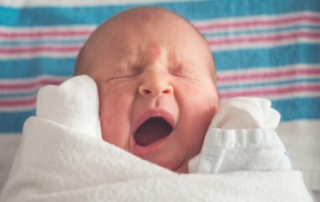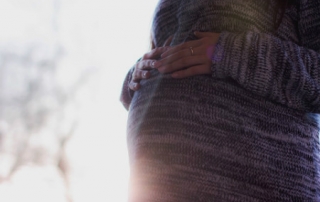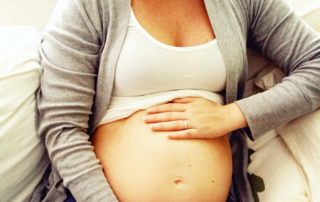Examining Modifiable Risk Factors for Postpartum Depression
Approximately 10-15% of women will experience mood symptoms that meet criteria for a Major Depressive Episode during the postpartum period. However, as many as 50% of women may experience some level of depressive symptoms during the postpartum period. Recent evidence suggests that even depressive symptoms that do not qualify for a diagnosis of postpartum depression may have a negative impact on both mother and child. In spite of the fact that so many postpartum women will experience depressive symptoms, little research has been conducted in order to identify potentially modifiable factors that could reduce the risk of depressive symptoms or the development of a major depressive episode during this time.










